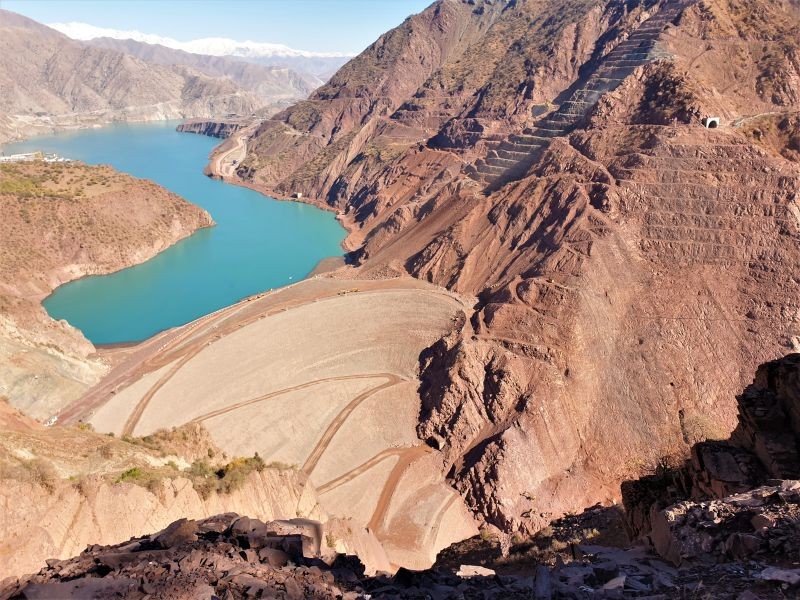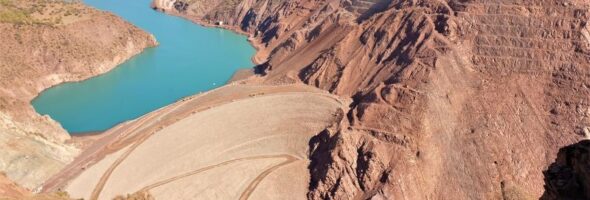
By Joshua Klemm, Co-Executive Director, International Rivers
As world leaders gather this week in Washington, DC for the World Bank’s Annual Meetings, over 100 civil society organizations are raising the alarm over the World Bank’s plans to lend billions of dollars for ill-conceived and destructive megadams around the world. A letter sent to the World Bank today notes these plans “will not bring reliable, environmentally sustainable, affordable, accessible electricity” and fail to consider lessons from the Bank’s past failures and ongoing challenges for dam-affected communities seeking redress.
The Bank’s imminent approval of the Rogun dam in Tajikistan would be among the more egregious projects in recent memory. The dam – slated to be the world’s tallest – would displace 60,000 people, irreparably harm the livelihoods of tens of thousands of more, and destroy vast stretches of riparian ecologies in violation of the Bank’s own environmental and social standards. With a conservative price tag of over $11 billion, Rogun would rank among the costliest dams ever built and by far the largest dam the Bank will have supported in decades. With project completion projected to take at least another 15 years, Rogun’s electricity will be significantly more expensive than readily available alternatives. In the short-term, there remain significant risks, cited by the IMF, that the costs of constructing Rogun could lead to an unsustainable debt burden while preventing needed public investments in other sectors, including health and education.
The proposed Upper Arun dam in Nepal and its associated cascade of dams have engendered serious concern over the expected physical, cultural and economic dislocation of Indigenous Peoples without their consent, as required by World Bank policy. At the same time, Nepal’s hydropower output has been and will continue to be curtailed by climate change, while the growing risk of glacial lake outburst floods in the Himalayas poses existential threats to millions downstream. In September last year, the brand new, $1 billion Chungthang dam on the Teesta River washed away in minutes, impacting tens of thousands.
The World Bank’s apparent interest in re-engaging on the ill-fated Inga project in the Democratic Republic of Congo (DRC) is even more inexplicable. Eight years on since it was forced to cancel its $73 million investment in what has been promoted as the world’s largest hydropower scheme, the Bank is trying once again to revive a project that has for decades seen a revolving cast of actors come and go, leaving a trail of broken promises. Congolese civil society and communities have long criticized the project for its expected impacts that would include the displacement of 30,000 people, many of whom were displaced and impoverished by dams previously built at the Inga site; the debt burden that generations of Congolese would be saddled with; and the massive opportunity cost of not exploring energy options better suited to addressing persistent energy poverty.
Unfortunately, none of this is new. The World Bank’s voracious appetite for dams and the resulting legacy of environmental and social impacts led to the creation of the World Commission on Dams (WCD) process, whose recommendations still serve as the standard for how to avoid the worst impacts of dams and whose lessons remain highly relevant today. The WCD process also precipitated a relative fallow period for the Bank in funding new dams, though the size and scale of projects currently under consideration suggests the Bank once again plans to take up the mantle as a prominent financier of megadams.
However, times have changed, and the conditions for developing new dams have worsened considerably in recent years. Large hydropower has rightly fallen out of favor around the world, experiencing several years of decline globally in the face of high costs, dwindling output, the declining costs of renewable alternatives, the steep environmental and social costs, and the climate crisis upending its rationale and purported benefits. The World Bank should learn from the hard-earned lessons of its past and invest in real renewable energy solutions rather than megadams.
Photo: Rogun Dam. Tajikistan. By Webuild


